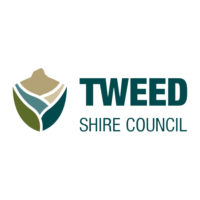Our journey
What council has achieved in the past in energy efficiency, renewable energy, sustainable transport or broader sustainability
In 2018, Tweed Shire Council has added more than double its existing rooftop solar on Council facilities. By the end of 2018 Council will be host to 780kW of solar across 15 facilities, generating 6% of its electricity needs from clean, renewable energy. Council’s achievements have come about thanks to the hard work of its facility managers, holding Council’s electricity use steady even as Council takes on new facilities and expands its services to the community. Transport fuel use in Council’s fleet has also decreased each year over the past 3 years despite growth in staff and vehicle numbers during that time.
What council hopes to achieve in the future in energy efficiency, renewable energy, sustainable transport or broader sustainability
Significant technical analysis has been completed to prepare a Renewable Energy Action Plan (REAP) for Council facilities. Energy efficiency and renewable energy projects have been described that will result in relief in carbon emissions and costs associated with Council’s 22GWh/pa electricity demand and $5 million annual electricity bill. Council’s REAP has costed an achievable workplan of energy efficiency and renewable energy projects that will result in 25% of Council’s electricity being self-generated from solar by 2022, and 50% from more solar and battery storage by 2025.
What council hopes to gain from being a member of the Cities Power Partnership
Council hopes to benefit from greater resource sharing, support and acknowledgement for Council’s efforts and commitment to reduce greenhouse gas emissions, improvement energy efficiency and promote greater renewable energy uptake.
